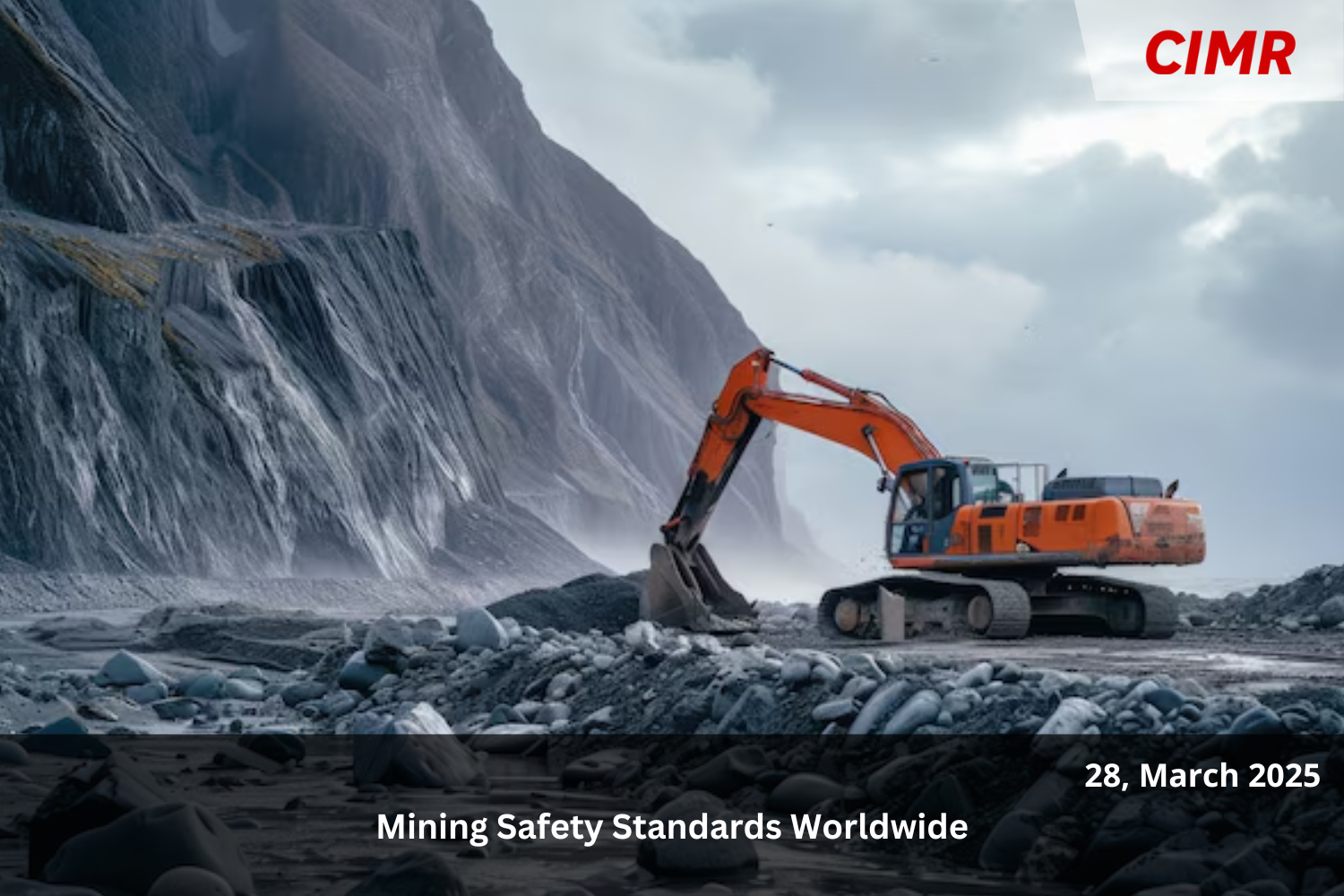Section 9B of the Mines and Minerals (Development and Regulation) Act empowers State Governments to establish District Mineral Foundations (DMFs) for development programs in mining-affected areas. The Pradhan Mantri Khanij Kshetra Kalyan Yojana PMKKKY practices. This article provides an overview of mining safety standards worldwide and their impact on the industry.
Allocates funds to high-priority sectors like education and livelihood generation. Worker safety, health, and welfare are regulated under the Mines Act, 1952, and its associated rules. State governments can regulate and prevent illegal mining, transportation, and storage, with the Central Government supporting these efforts through policy measures.
Mining is a crucial industry that fuels economies around the world, but it also poses significant risks to workers and the environment. Over the years, various countries have developed mining safety standards to ensure the well-being of miners and minimize hazards. These regulations aim to prevent accidents, improve working conditions, and promote sustainable mining
Global Mining Safety Regulations
Mining safety regulations vary by country, reflecting different levels of technological advancement, regulatory frameworks, and risk management strategies. However, most nations adhere to internationally recognized best practices to enhance miner safety. Some of the key global mining safety frameworks include enforcement of rockfall prevention, dust suppression, and worker health monitoring.
International Labour Organization (ILO) Convention 176
The ILO Convention No. 176 on Safety and Health in Mines, adopted in 1995, sets global standards for ensuring worker safety in mining operations. It emphasizes the responsibility of employers to identify and mitigate risks, provide adequate training, and implement emergency response plans. Countries such as national regulations.
ISO 45001: Occupational Health and Safety Management
ISO 45001 is an internationally recognized standard that provides a systematic approach to occupational health and safety in the workplace, including the mining sector. It helps organizations establish a framework for identifying hazards, TO ALL assessing risks, and implementing preventive measures.
Country-Specific Mining Safety Standards
United States
The United States enforces mining safety through the Mine Safety and Health Administration (MSHA) under the Federal Mine Safety and Health Act of 1977. MSHA regulations cover training requirements, dust control, ventilation, and accident reporting to protect miners from occupational hazards such as explosions and collapses.
Australia
Australia has some of the most stringent mining safety standards, regulated by agencies like Safe Work Australia and individual state mining laws. The country emphasizes risk management through mandatory hazard identification, regular audits, and advanced safety technologies such as autonomous equipment and real-time monitoring systems.
Canada
Canada’s mining industry is governed by provincial laws, with oversight from organizations like the Canadian Centre for Occupational Health and Safety (CCOHS). Mining operations must comply with strict regulations on ventilation, equipment maintenance, and emergency preparedness.
China
China, the world’s largest producer of coal, has made significant improvements in mining safety over the years. The government has implemented stricter laws and enforced the closure of hazardous mines. The State Administration of Work Safety (SAWS) oversees safety regulations, focusing on training, gas monitoring, and emergency response planning.
South Africa
The Future of Mining Safety
With advancements in technology, mining safety continues to evolve. Automation, artificial intelligence, and real-time data analytics are playing a crucial role in reducing human exposure to hazardous conditions. Innovations such as wearable safety devices, remote monitoring, and predictive
In conclusion, while mining remains a high-risk industry, the implementation of stringent safety standards and continuous advancements in technology are helping to reduce accidents and fatalities. Global collaboration and adherence to best practices will further ensure that mining operations remain safe, efficient, and sustainable for future generations.
- Group Media Publication
- Construction, Infrastructure and Mining
- General News Platforms – IHTLive.com
- Entertainment News Platforms – https://anyflix.in/





